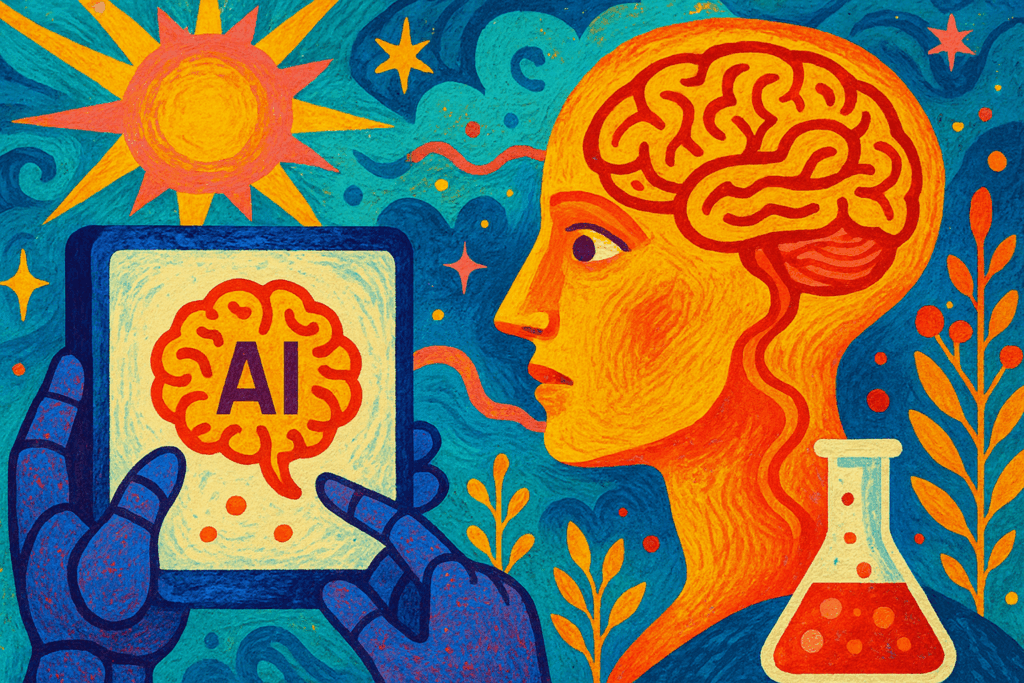AI’s Growing Role in Medical Diagnostics
Artificial intelligence is becoming an integral part of medical diagnostics, reshaping how diseases are detected and analyzed in clinical environments. By processing vast amounts of data rapidly, AI supports healthcare professionals in identifying medical conditions with improved speed and precision.
Transforming Detection and Analysis
Precision in Imaging and Early Detection
AI-powered systems analyze medical images such as X-rays and MRI scans to identify anomalies that may be challenging to detect through traditional methods. For example, AI algorithms assist in the early detection of skin cancer by accurately distinguishing malignant from benign lesions. This capability aids clinicians by providing additional insights that contribute to more informed diagnoses.
Real-time Monitoring and Insights
Beyond imaging, AI monitors vital signs in real time, offering continuous assessment of patient health. This proactive approach can help identify early signs of deterioration, allowing timely interventions and improved patient outcomes. AI-driven tools generate alerts and data analytics that support medical decision-making in dynamic settings such as intensive care units.
The Balance: Human Expertise and Ethical AI
While AI delivers significant improvements in diagnostic accuracy and efficiency, it functions as a complement rather than a replacement for healthcare professionals. Skilled clinicians interpret AI findings within a broader clinical context, ensuring that patient care remains personalized and responsible. Maintaining data protection and ethical standards is essential to build trust and safeguard patient privacy as AI applications expand in diagnostics.
Looking ahead, the collaboration between AI technology and human expertise promises to refine diagnostic processes further, offering health professionals powerful tools without compromising clinical judgment or ethical obligations.




